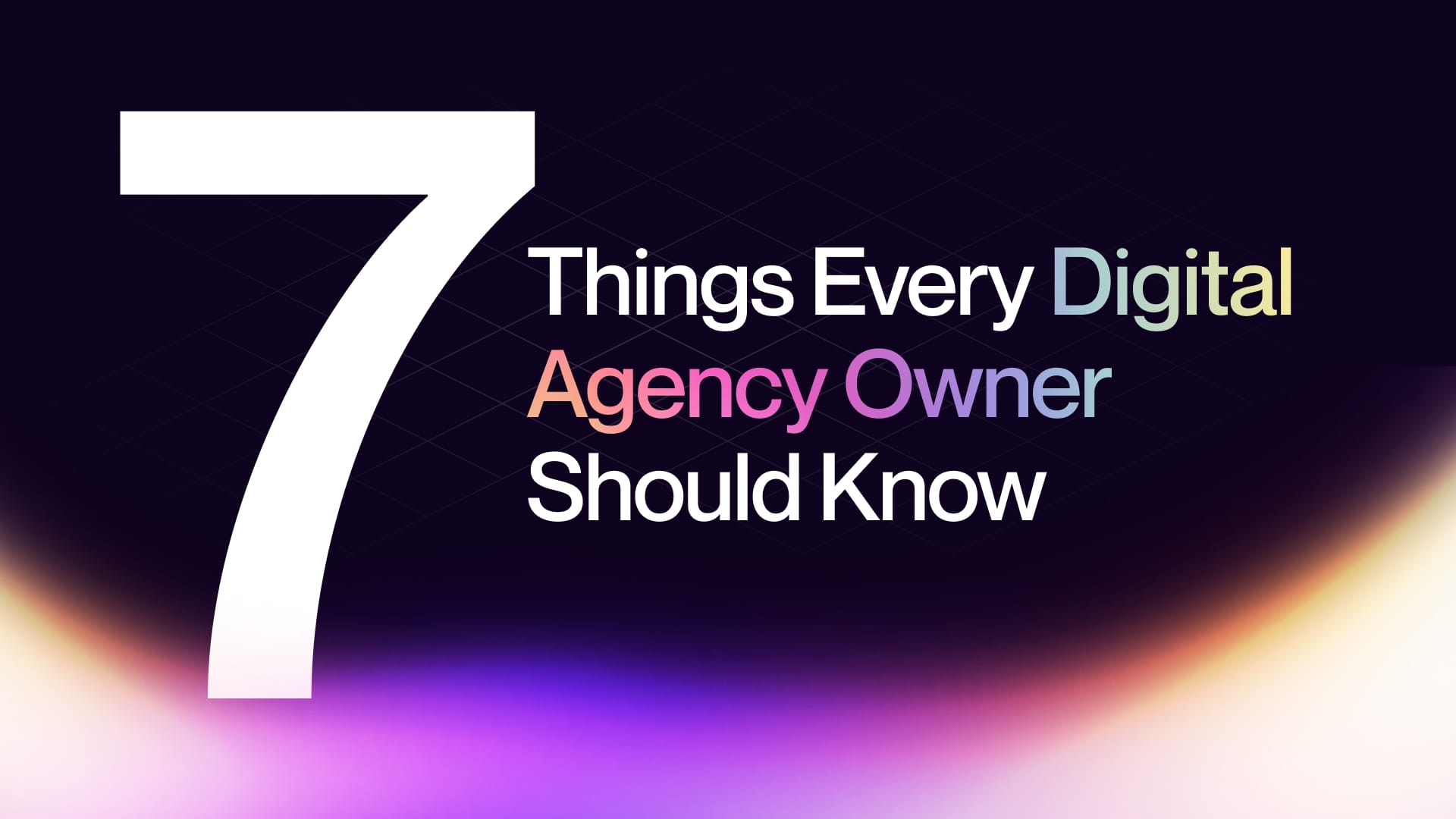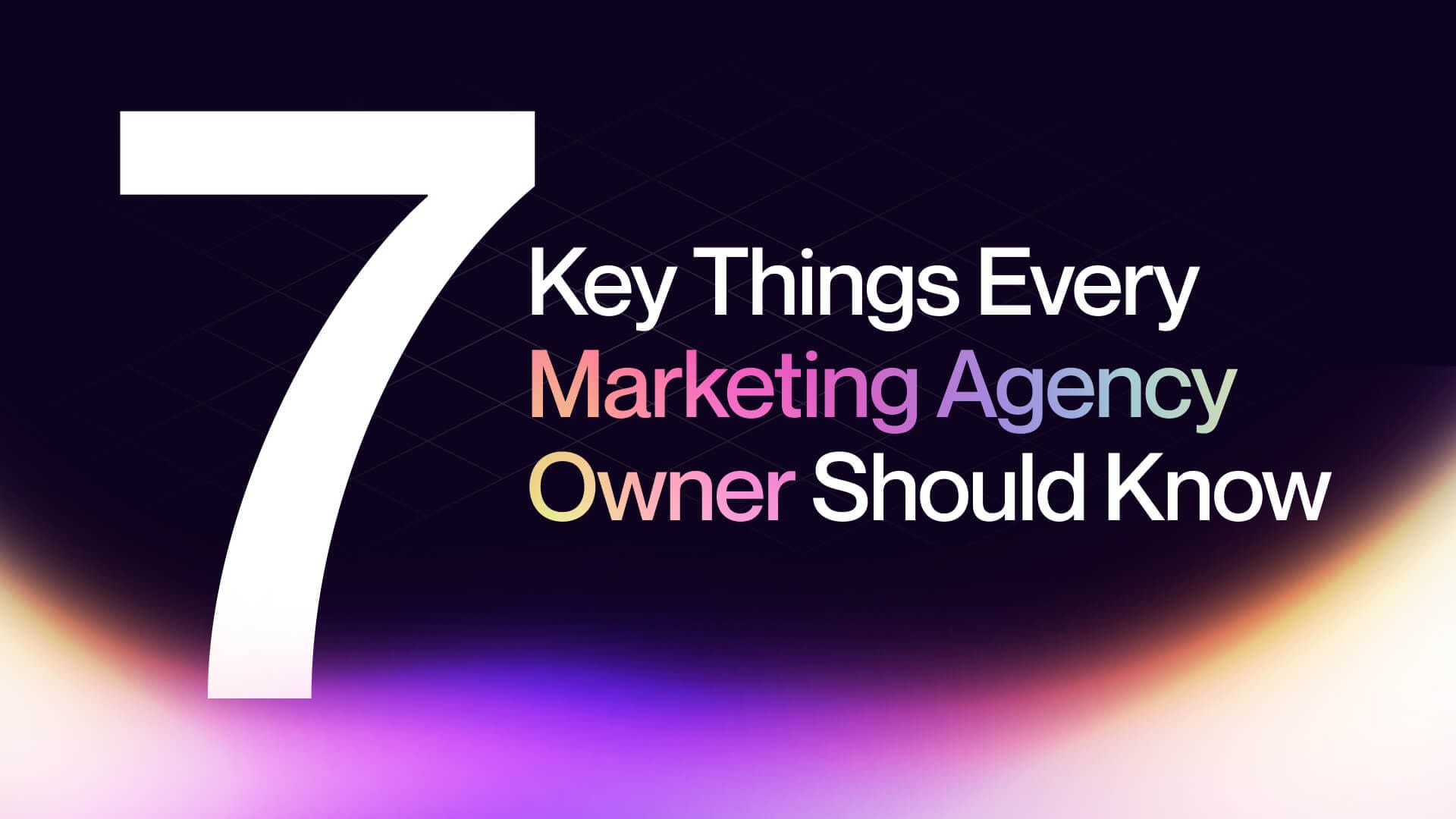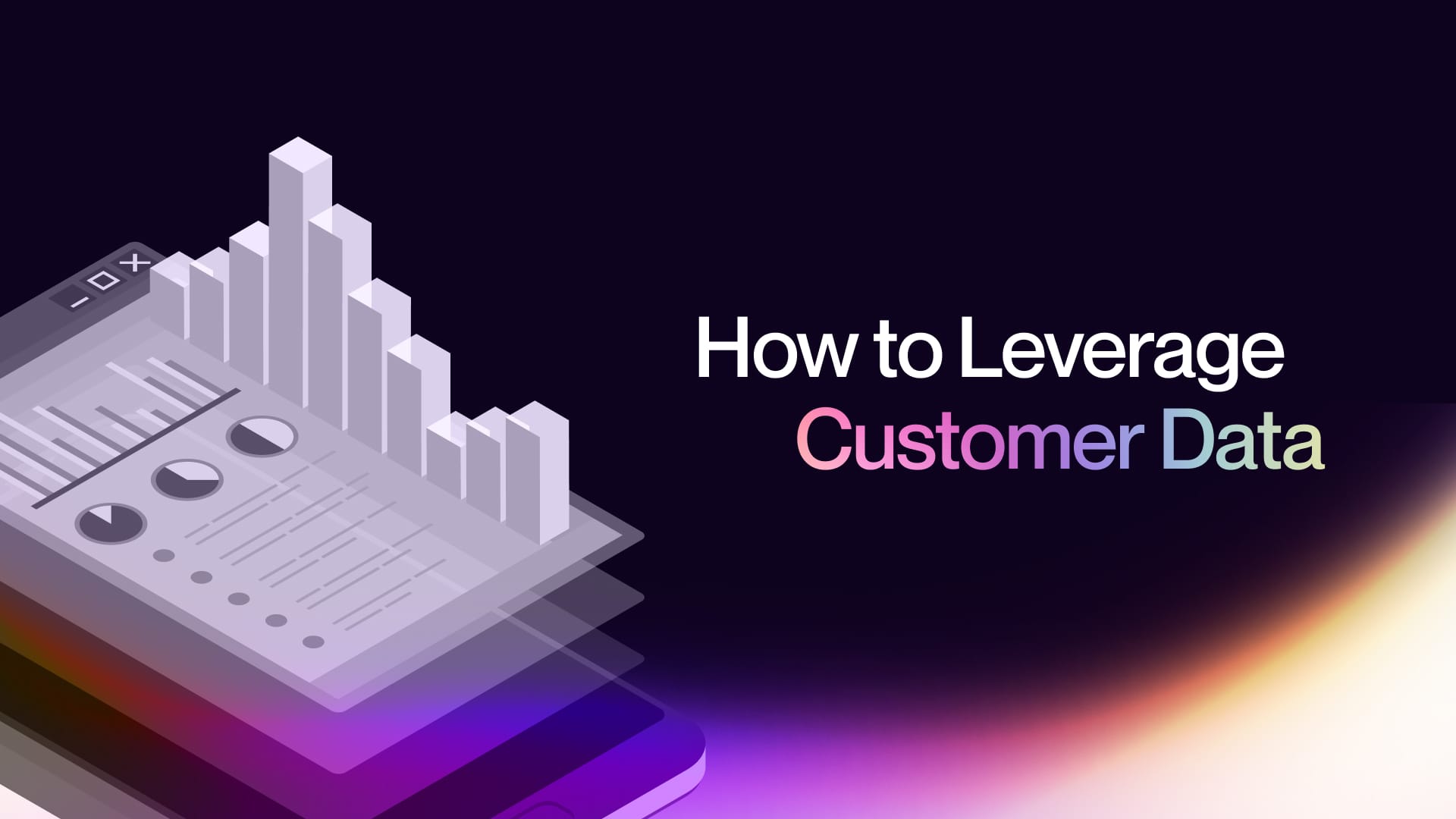Have you ever scratched your head wondering why we sometimes make choices that defy logic?
Welcome to the fascinating realm of cognitive biases!
These ingrained mental shortcuts are more than just psychological quirks—they're potent tools in shaping consumer behavior and their decisions.
Understanding and harnessing these biases can transform your digital marketing strategies and help you know and understand your potential prospects.
Let’s dive deeper into six key cognitive biases and explore how you can use them to give your marketing efforts a significant boost.
Familiarity Breeds Enthusiasm: The Mere Exposure Effect
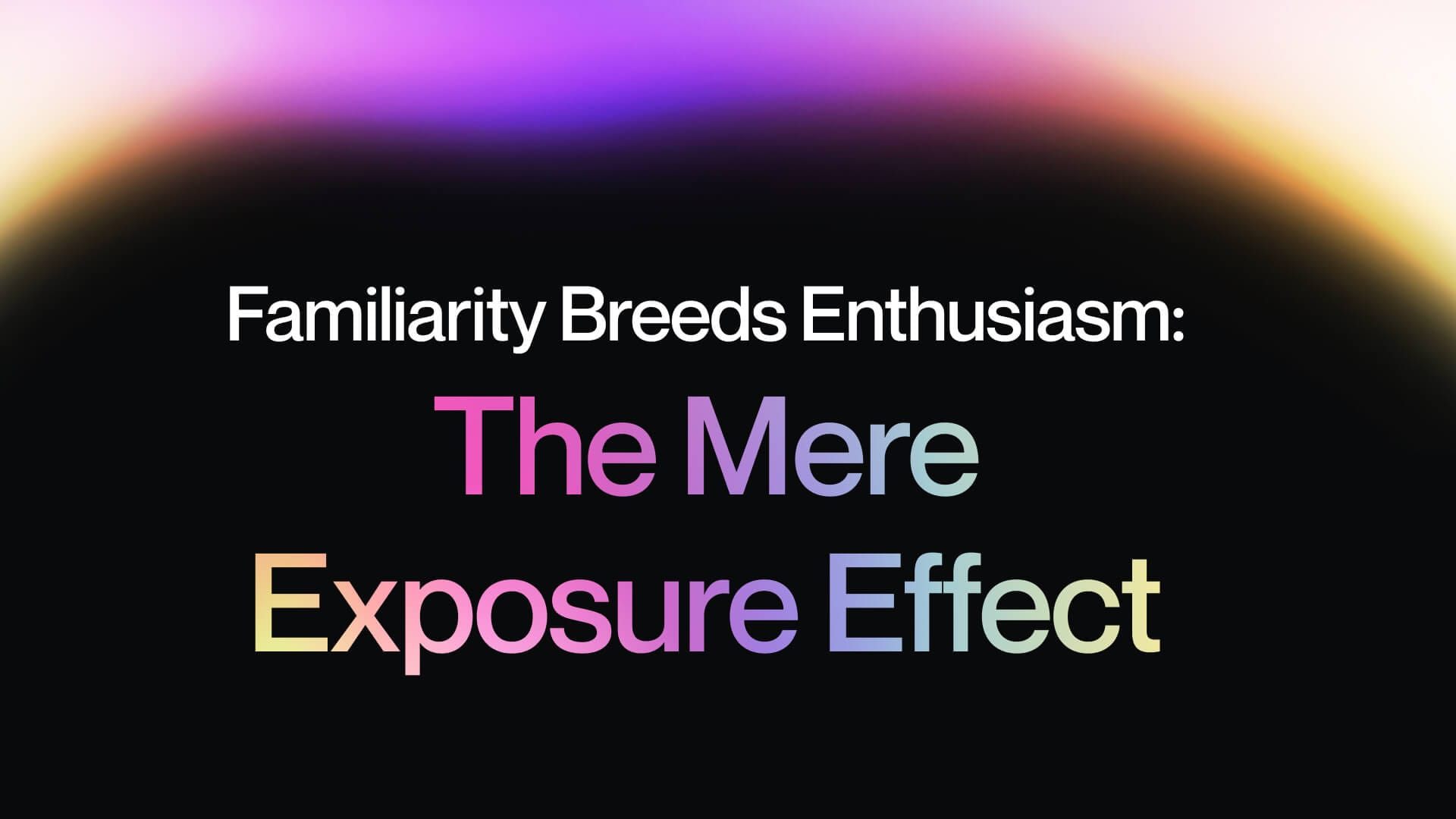
Professor Charles Goetzinger decides to test a wild idea. He sends a student to class dressed in a black bag.
All you could see were their feet. Now, imagine the scene in class. At first, everyone's baffled, maybe even a bit wary of this mysterious bag person.
But here's where it gets interesting. As days turn into weeks, something shifts. That initial hesitation slowly morphs into curiosity, and then, believe it or not, into friendship!
The students start chatting with the once-alien black-bagged figure. It’s like they went from
"Who's that weirdo?" to "Hey, that's just our quirky classmate in the bag!"
Goetzinger's experiment shows us something profound - repeated exposure doesn't just breed familiarity, it can turn uncertainty into comfort and connection.
Marketing Magic:
This bias can be brilliantly exploited through retargeting ads. Studies have shown that ads targeting users who have previously visited your website can skyrocket click-through rates by up to 10 times and boost conversion rates by 70%.
The principle is simple: the more consumers see your brand, the more familiar and appealing it becomes. So, make sure your brand remains consistently visible to your audience to increase conversions.
Dodging the Downside: Loss Aversion
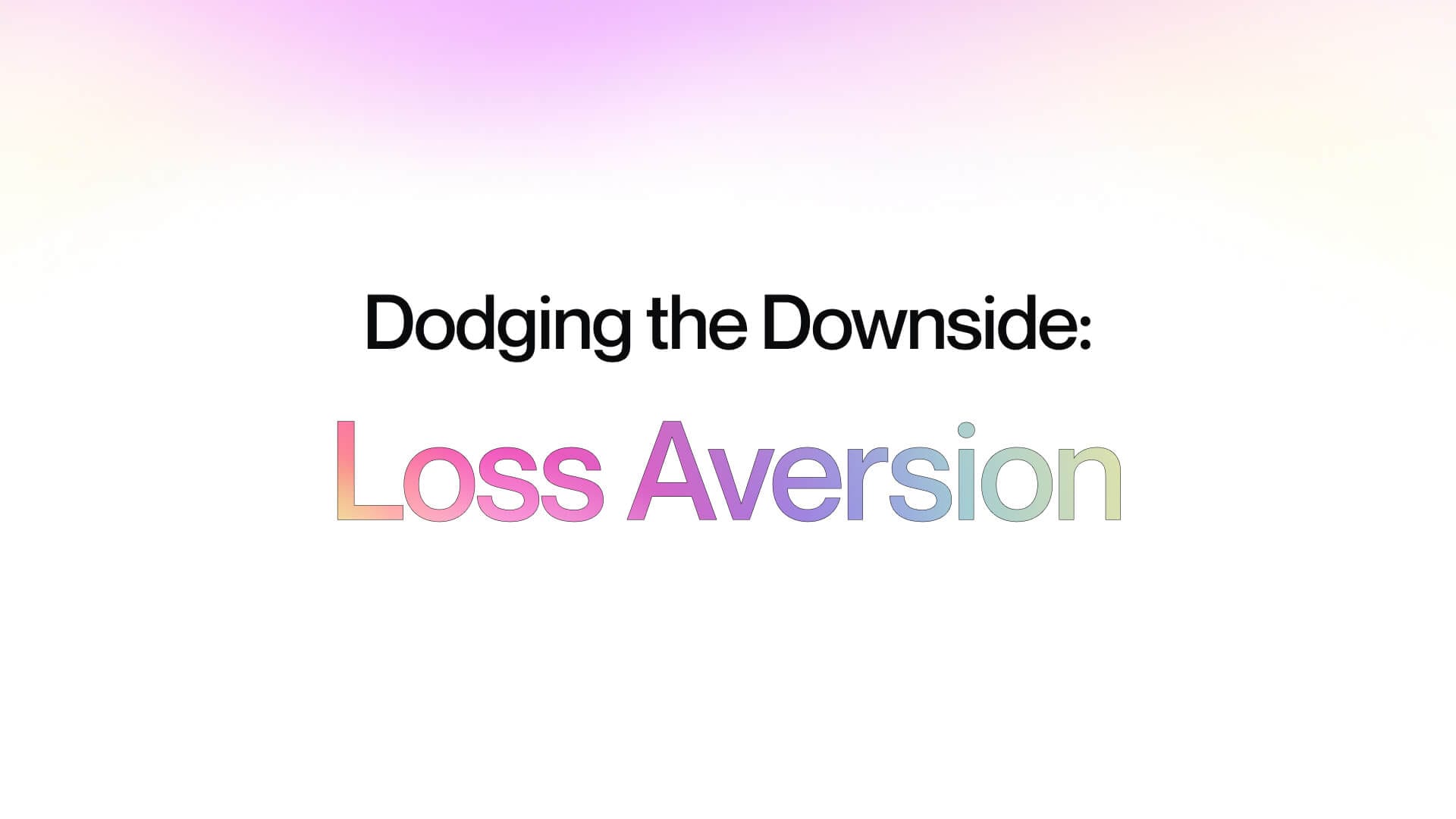
Did you ever notice how we cling to what we have like it's our precious treasure?
Turns out, there's a reason for that, and it's not just because we're all sentimental.
Enter the concept of Loss Aversion, a little gem discovered by psychology wizards Daniel Kahneman and Amos Tversky back in 1979.
Picture this: You're given a choice - snag a crisp $10 bill or part with something you already own. You might think, "Hey, ten bucks is ten bucks!" But guess what? Most of us would rather hold onto our old stuff than grab that new $10.
This isn't just a quirky human quirk; it's a deep-seated part of who we are. Our brains are wired to feel the sting of loss more acutely than the joy of a gain.
It's like we're programmed to think, "What I have is mine, and I'm keeping it!" So next time you're hesitant to let go of something, remember, it's just your inner loss-averse self
Marketing Magic:
Capitalize on this by offering free trials or samples. Allowing customers to experience the value of your product first-hand creates an attachment, making it harder for them to let go.
Limited-time offers can also be a powerful tool, creating urgency and tapping into the fear of missing out.
Choosing Comfort: The Compromise Effect
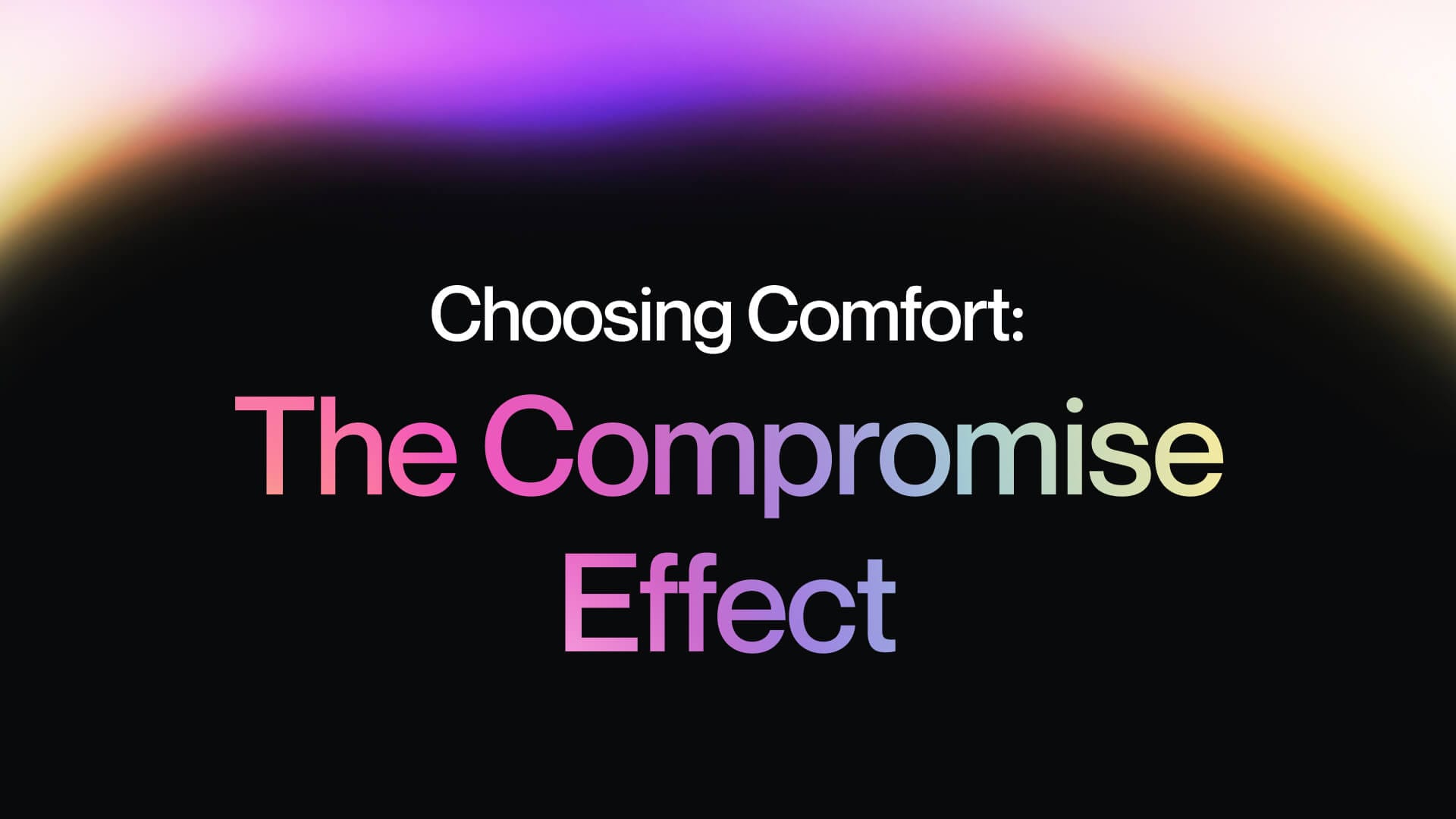
In a well-documented 1992 study, participants were presented with a decision-making scenario involving two 35mm Minolta cameras: the Maxxum 3000i priced at $169.99, and the more expensive X-370, priced at $239.99.
Initially, when these were the only options available, participant preference was evenly split between the lower and higher-priced models.
The study then introduced a crucial variable: a third camera option. This "compromise" camera was strategically priced slightly above the Maxxum 3000i but remained more affordable than the X-370. Remarkably, this addition shifted consumer behavior significantly.
A majority of 57% opted for the middle-priced camera, illustrating the Compromise Effect's influence on decision-making.
What's particularly educational here is the impact on the other choices. Post-introduction of the compromise option, only 22% of participants chose the lowest-priced model, and 21% selected the highest-priced one.
This outcome highlights how the presence of a middle option can reduce extremes in consumer choices and potentially minimize buyer's remorse.
The study demonstrates a critical insight into consumer psychology, offering valuable lessons for marketers and decision-makers in understanding and influencing buyer behavior.
Marketing Magic:
Implement this by offering a range of product or service options. The middle-tier option often becomes the sweet spot for consumers, balancing cost and features.
It's a psychological comfort zone that can significantly sway buying decisions.
The Power of Presentation: The Framing Effect
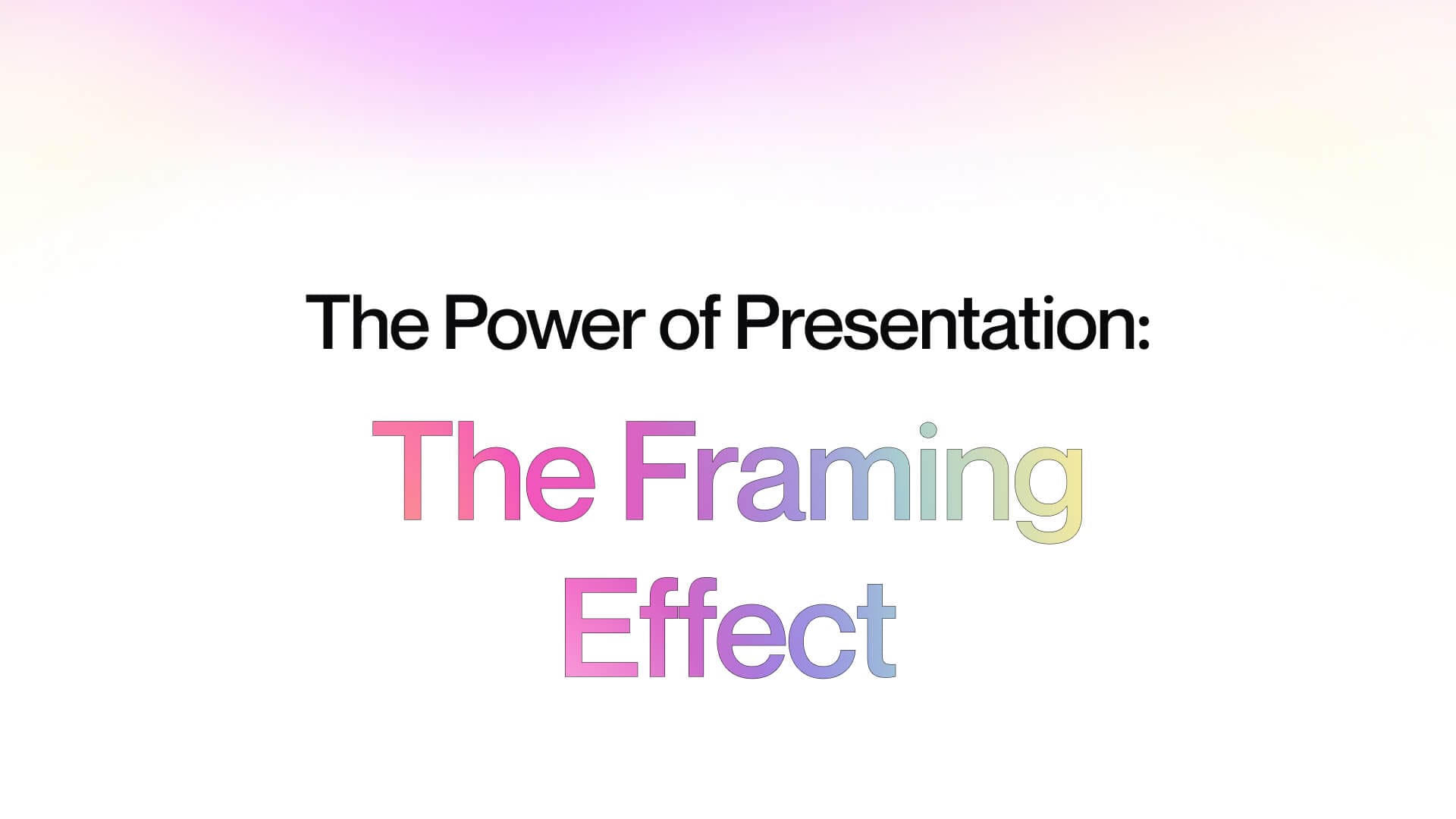
Participants were presented with a hypothetical situation: a disease outbreak in the United States with an expected mortality of 600 people.
They were given two distinct programs to mitigate this outbreak, each with different risk profiles and potential outcomes.
Program A was the more conservative option, offering a guaranteed outcome of saving 200 lives without any associated risk.
In contrast, Program B presented a riskier approach. It offered a 1/3 probability of saving all 600 lives, but with the caveat that there was also a chance that no lives would be saved.
The study's findings were quite revealing about human risk perception and decision-making.
A significant majority, 72% of participants, opted for Program A, the risk-free choice that provided a certain, smaller, benefit.
Meanwhile, only 28% of participants chose Program B, the riskier alternative that could potentially save more lives but also came with a chance of complete failure.
This study serves as a pertinent example in the field of behavioral economics and psychology, particularly in understanding how people evaluate risk and certainty.
Marketing Magic:
It's crucial how you frame your product or service. Highlighting the benefits of choosing your product or the potential loss of not choosing it can drastically influence customer decisions. The right wording can make all the difference, showcasing specific Success Missions can also be quite impactful.
Creating Value Together: The IKEA Effect

The IKEA Effect demonstrates that when consumers are actively involved in the creation or customization of a product, their perceived value of that product increases, even if they were initially indifferent towards it.
This heightened valuation is primarily due to the personal investment and effort put into the creation process.
Marketing Magic:
Leveraging the IKEA Effect in digital marketing can lead to more engaging and effective campaigns. By inviting consumer participation and allowing them a role in the creation process, marketers can enhance the perceived value of their offerings, fostering a deeper connection between the consumer and the brand.
The Appeal of Uniqueness: The Salience Effect
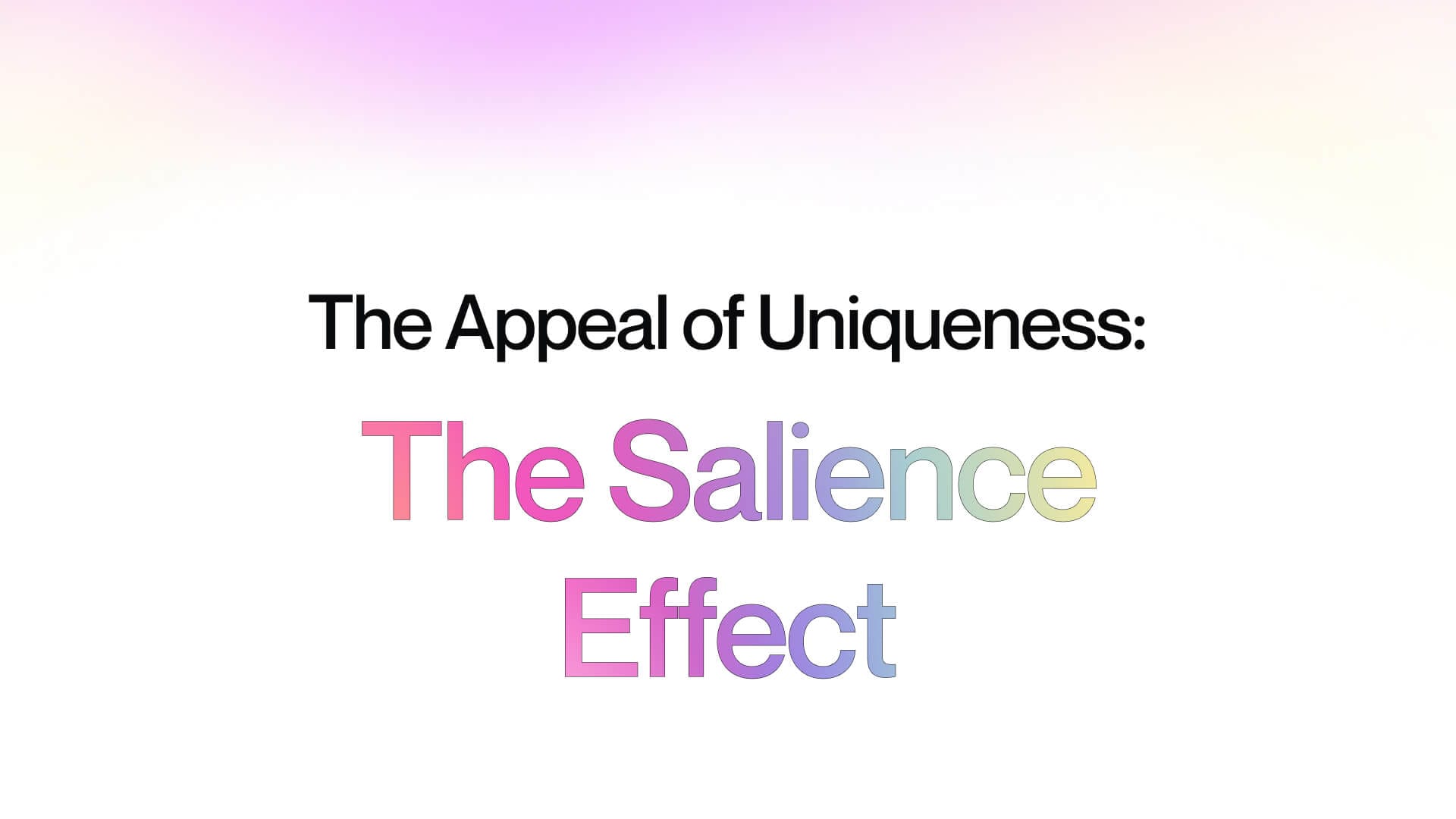
The Salience Effect plays a pivotal role in influencing purchasing decisions.
This concept centers on the natural human tendency to gravitate towards products that conspicuously stand out from their competitors.
This distinction can be in terms of aesthetics, superior performance, or any other attribute that captures attention and interest.
When a product possesses a distinctive feature that sets it apart from its rivals, it inherently becomes more attractive to potential buyers.
Marketing Magic:
Make your product or website visually unique and memorable. Creating a distinct and striking online presence can leave a lasting impression. Statistics show that 32% of consumers judge a brand by its online appearance, so make sure yours stands out.
Take a look at this stunning website created by Imbassy for its client Slash
Final Thoughts
An effective marketing strategy is not just about promoting a product; it's about understanding the psychological underpinnings of consumer behavior. By tailoring your marketing approaches to tap into these cognitive biases, you can create more impactful and persuasive campaigns.
Remember, the key is to apply
these insights genuinely and ethically, aligning them with
your audience's preferences and needs. When done right,
these strategies can provide a psychological edge to your
marketing efforts, enhancing both customer engagement and
sales.
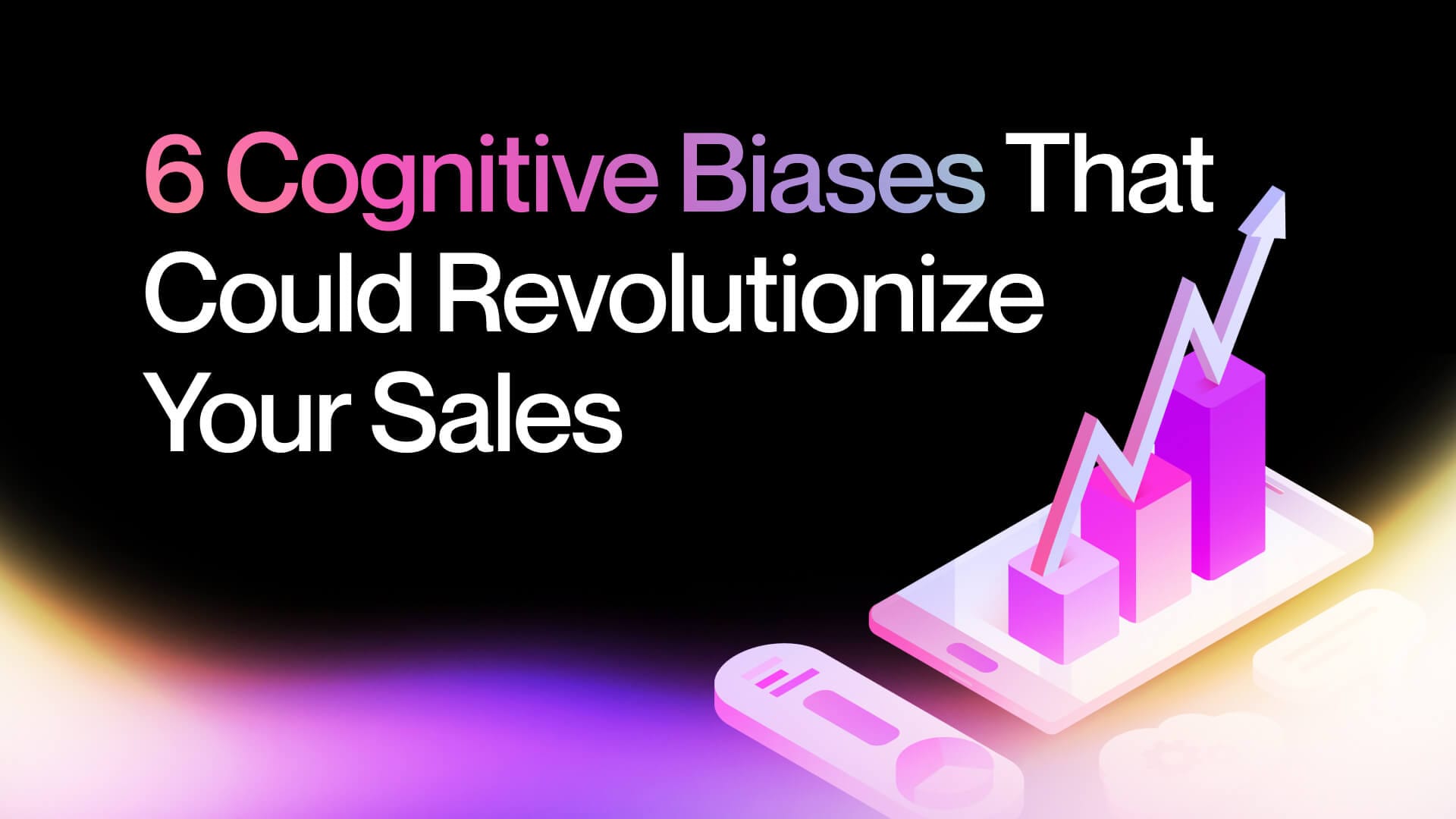

.jpg)
